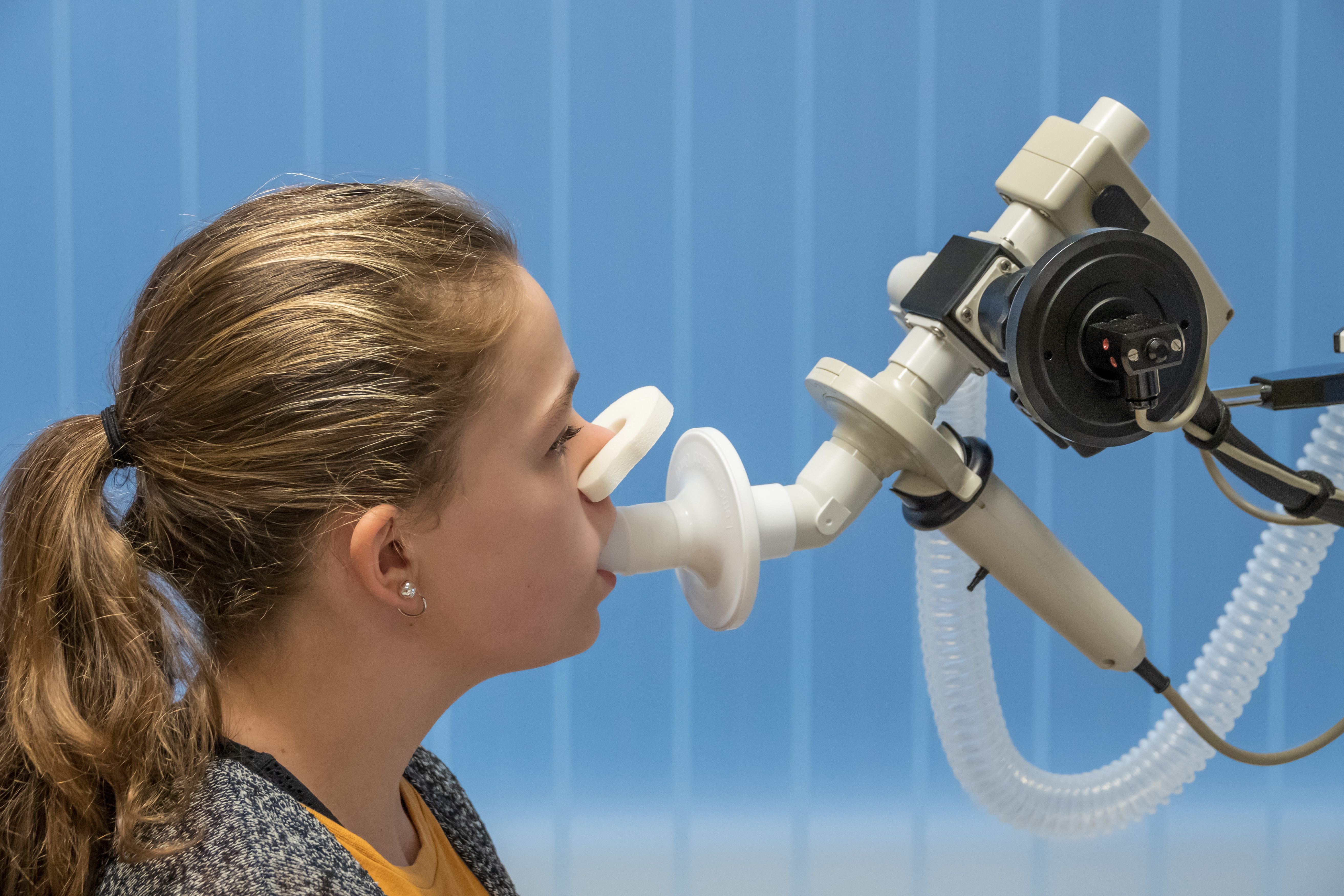Measuring Function
Even if everything seems to work perfectly, sometimes, unexpected problems can arise, and our body can behave similarly. Let’s use the example of buying a used car to illustrate this situation.
Imaging, the topic we discussed previously, is like looking for any obvious defects when buying a used car. You look inside and under the hood, check the tires, etc. to confirm everything looks proper without signs of problems. Functional tests, on the other hand, are more like the test drive to see if you hear any rattles or loose power when driving.
In this section, we will look at ways to test the proper functions of body.
Basic Examination
The physical examination and observation is the main functional assessment. From examining how people talk and walk to checking vital signs such as temperature, weight, pulse, blood pressure, and so on. Simple devices such as a pulse oximeter can measure oxygen in the bloodstream (above 90 is good).
Blood pressure cuff, thermometer, and scale are all tools for examining vital signs.
A pulse oximeter is used to measure pulse rate and oxygen levels.
Vision and Hearing
Children and adults alike commonly get vision and hearing tests done, and the frequency of checkups tends to increase as people age. Vision testing involves examining the quality of sight without glasses and finding lenses with an optimum degree that can make the vision more focused. These are conducted by a nurse helping with a basic chart reading, and an optometrist or ophthalmologist for a more detailed evaluation and inspection of the eye.
An audiologist conducts a hearing examination which tests what types of sounds can be heard and at what volumes they are heard.
Pulmonary Function
Pulmonary function test is done by a respiratory therapist, and it comprises a series of tests for breathing force and lung volume. The person at rest breathes in and out with force, and certain medicines are used before and after…breathing? or testing?….. A computer and pulmonologist then interpret the results. They help determine if someone needs oxygen, inhalers, or other therapies.
A young girl with asthma has a lung function test at the hospital.
Sleep Test
A sleep test can check for a condition where a person doesn’t breathe properly while asleep, which is called sleep apnea. It is caused when the brain does not tell the body to breathe or when the airflow is obstructed. A sleep study is commonly done at home or a sleep lab where a patient wears monitors that measure breathing, brain waves, and oxygen overnight.
Electrocardiogram (ECG)
When the heart beats, the muscle contracts and small electrical currents flow. Electrodes taped to the skin can detect these currents based on the strength and direction. An image of this information can be used to determine whether the heart rate or rhythm of the heart is irregular. It can also show which parts of the heart are not working well or whether the heart is operating with less oxygen. Electrocardiogram and a blood test can diagnose a heart attack.
Stress TestA common approach to testing the body is to measure what we can as we exercise or stress it and see what the impact is. Commonly, a stress test is done with a treadmill and the person walks or jogs at a faster pace at steeper elevations of the treadmill every couple of minutes. The cardiovascular technician and physician look closely at the electrocardiogram or echo-cardiogram to see how the heart reacts. In the meantime, If the heart behaved in a stressed fashion, often the next step is a cardiac catheterization, to see if there is a blockage that can be opened before in blocks completely and becomes a heart attack or death.
This test usually monitors pulse, blood pressure, oxygen level, and ECG while walking or running for about 10 minutes or until the person is fatigued or shows problems with the heart, breathing, or blood pressure.






